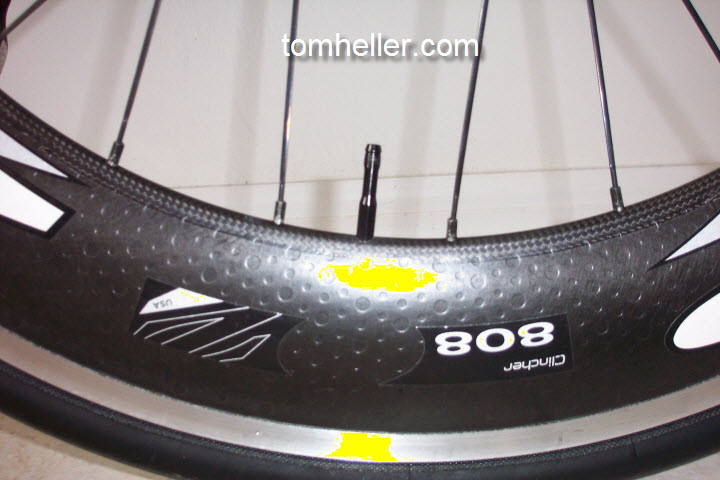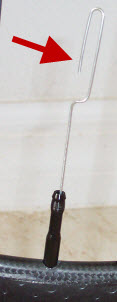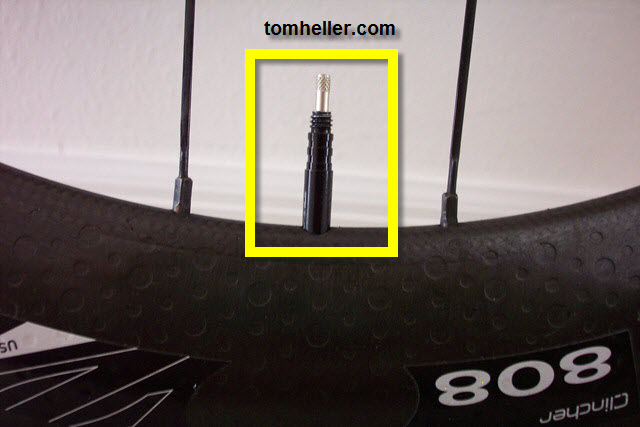Approximately 2,310 athletes started this race, but only 2,144 would finish, and Sean Murphy, 44, of Seattle, WA would be pulled from the swim. He died two days later.
I finished 2125 out of 2144 finishers in 16 hours, 51 minutes and 59 seconds, almost one hour longer than last year.
The start of the race day saw beautiful weather. After a night of major thunderstorms and rain, the temperature at 7 a.m. was about 55F, with partly cloudy skies. The high temp never got above 80F, that I could tell from the thermometer at a local CDA bank.
As the pro athletes started their second lap in the near 59F water of Lake Coeur d’Alene, the age groupers set off for the 2.4 mile swim. As always with the mass start, there are so many athletes in the water, that it’s nearly impossible to swim, at least with any kind of form that matches the hours of training. Wetsuits make it that much more difficult to use an efficient stroke. By the second lap, there were 2-3 foot waves caused by boats and steady winds. In the end, I finished my swim in 1:47:59. This was much slower than my anticipated time of 1:30:00.
Out of the water and into transition, the volunteers struggled to peel the wetsuits off of the athletes. From there, it was time to pick up the bike gear bag and head into the changing tent. For me, it is just a matter of putting on bike shoes, arm warmers/sun sleeves, helmet, sunglasses, and gloves. Exiting the changing tent, volunteers waited to slather sunscreen on our bodies to protect us from the hours of sun that were yet to come. Total transition time 14 minutes 11 seconds.
My bike time last year in this race was 7:07:25, which is about 30 minutes slower than my usual time riding on the flats of Florida. This year my time would end up at 7:49:12. The bike course had changed from the previous years. Instead of navigating the hilly, curvy roads of Hayden Lake, the course instead took us South on highway 95. The new portion of the course included a 3 mile climb at 5% grade, and two, 2 mile climbs at 3% grade. For a Florida guy like myself, this seemed quite daunting. I managed to spin my way up these hills (multiple times because the course was two, 56-mile loops), but it really cut into my overall time. There were also four pit stops, with one taking nearly 8 minutes due to the line of athletes. Below are screen shots from my Garmin showing the map and the elevation/grade.

Garmin results showing elevation and grade
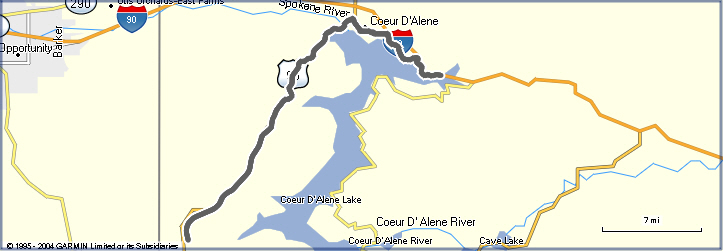
Ironman Coeur d'Alene Bike Route
Finally finished with the bike, I transitioned back into the changing tent, exchanging bike shoes for running shoes, removing helmet and gloves, and then heading out for more sunscreen. Can I just say, the volunteers at this race are awesome! T2 time was 7 minutes, 29 seconds.
Onto the run. I managed to run an entire 1/2 mile before I had to start walking. I already had two large blisters – one on the bottom of each foot, just as last year. The friction from my bike shoes was still a problem despite efforts to prevent it. Between the blisters and the urge to have a bowel movement every time I started running, it didn’t seem like I would be doing anything more than walking. And so, I walked, as fast as I could, for the remaining 25 miles. By the end of the first lap (13 miles), and coming through downtown, I was ready to give up and end my day. In the end, I decided to just keep going. I would either finish after midnight, fall over dead, or finish with a time that I would be unhappy with, but still be an ironman. Near mile, 16 of the run, I encountered another athlete who was in a similar situation as myself, but this was his first Ironman race. We were determined to stick it out and walked briskly all the way to the finish.
Hobbling down the finish chute in downtown Coeur d’Alene, the hundreds of spectators high fiving gave me a final boost of adrenaline and I actually ran the last 20 yards to the finish.
So, another Ironman race in the books. No way would I sign up for next year’s race. Not after that day. But, in the end, I couldn’t help myself. I did sign up for 2013 after all. If not for myself, then for the memory of athletes like Sean Murphy, who tried and died or Cathy Stephens, who finished 23 seconds after midnight.
Tom Heller, you are an Ironman!
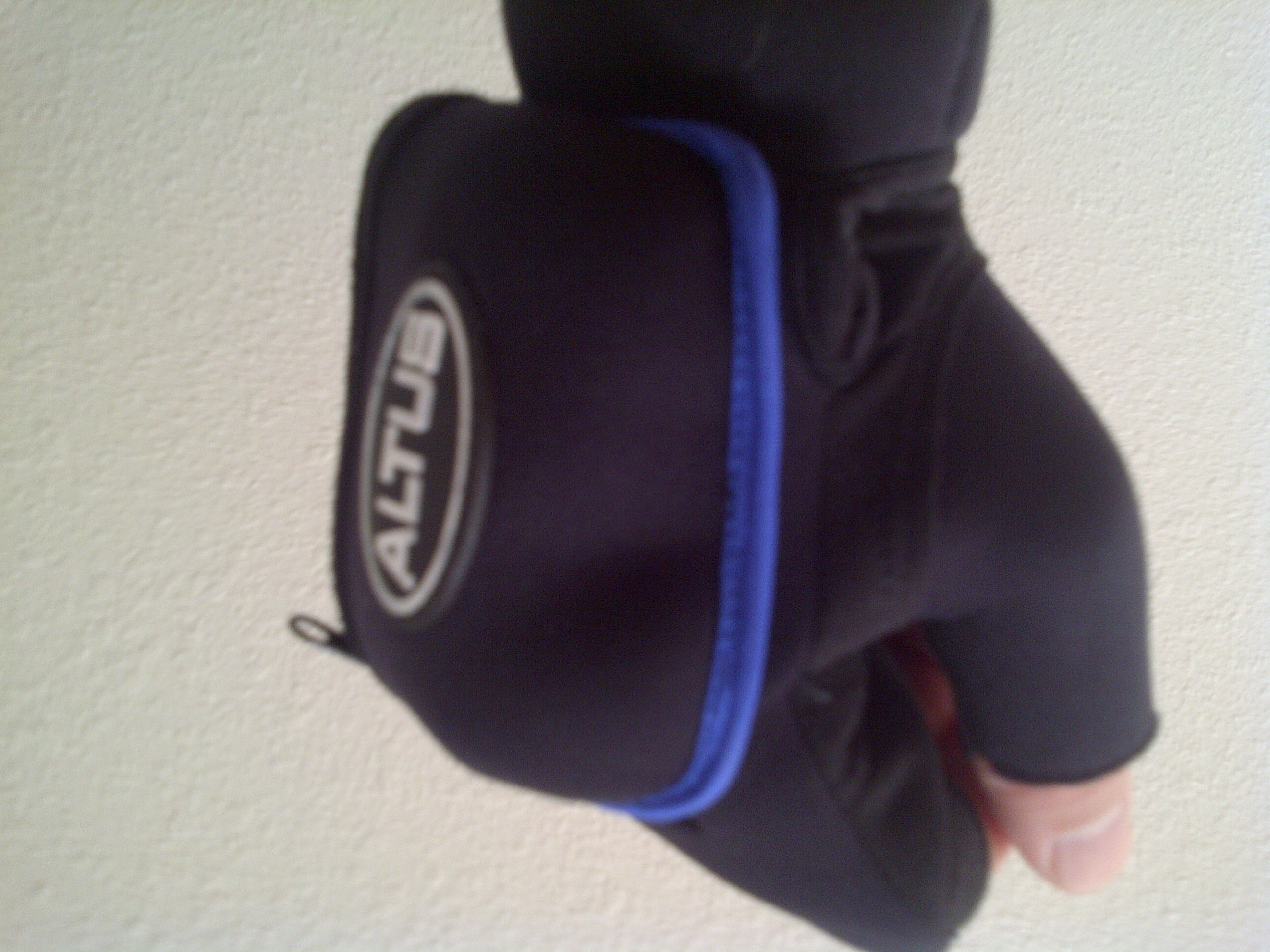 Altus Weighted Glove
Altus Weighted Glove